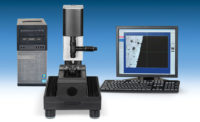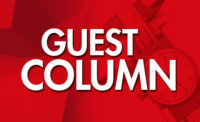New analysis from Frost & Sullivan’s World Machine Vision Inspection System Markets reveals that the industry generated revenues totaling $1.12 billion in 2002. Total market revenues could reach $2.62 billion in 2009, but a lack of common standards may affect this figure.
“The lack of operating standards within the machine vision industry creates difficulties in developing and operating vision systems and end users often cannot connect desired components,” says Sunderraju Ramachandran, Frost & Sullivan research analyst. “Conflicts between components, computer software and hardware technologies, and user interfaces reduce credibility for the industry as a whole, as there exists no plug-and-play for a generic system.”
The industry is working toward making machine vision technology irreplaceable in the inspection and quality control processes but is hindered by strained research and development budgets.
End users want systems based on technology that is more robust, have greater potential applications and add value. Simpler user interfaces that allow comfortable interaction with the system, regardless of the level of technical knowledge, also are in demand. Other areas that need additional focus include optical character and pattern recognition algorithms, resolution and image mapping.
Increasing buyer awareness of the improved capabilities of machine vision systems also is important to overcome lingering skepticism or misinformation created by the earlier less capable systems.
Innovation is the key to success in this market. With industries requiring more high-technology vision systems, products that have greater flexibility, the ability to inspect multiple parts and handle product changeovers seamlessly and efficiently without major reprogramming, are in demand.


